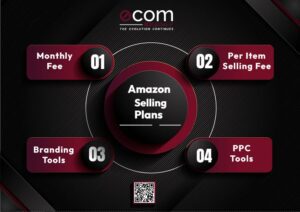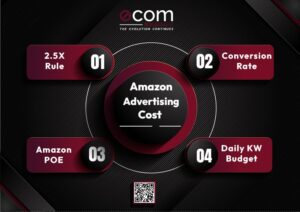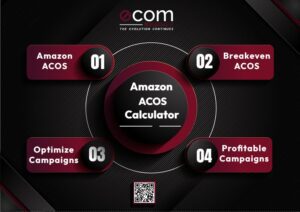Have a great time reading this blog.
Ready to see how our team can grow your Amazon brand? Click Here
.box {
position: relative;
padding: 15px;
font-size: 16px;
color: #62668A;
background-color: rgba(255, 100, 100, 0.05);
}
.box::before {
content: "";
position: absolute;
top: 0;
left: 0;
width: 100%;
height: 100%;
background-color: rgba(100, 15, 37, 0.05);
z-index: -1;
}
.text {
font-size: inherit;
}
.first-sentence {
font-size: 16px;
font-weight: bold;
}
.second-sentence {
font-size: 14px;
}
.text .link {
text-decoration: none;
color: #640F25;
font-size: 14px;
font-weight: 500;
}
/* Responsive font size for mobile devices */
@media (max-width: 767px) {
.box {
font-size: 15px; /* Reduce font size by 1 point for mobile */
}
.first-sentence {
font-size: 15px;
}
.second-sentence {
font-size: 13px;
}
.text .link {
font-size: 13px;
}
}
Have a great time reading this blog.
Ready to see how our team can grow your Amazon brand? Click Here
Amazon FBA vs Dropshipping: What's Best for You?
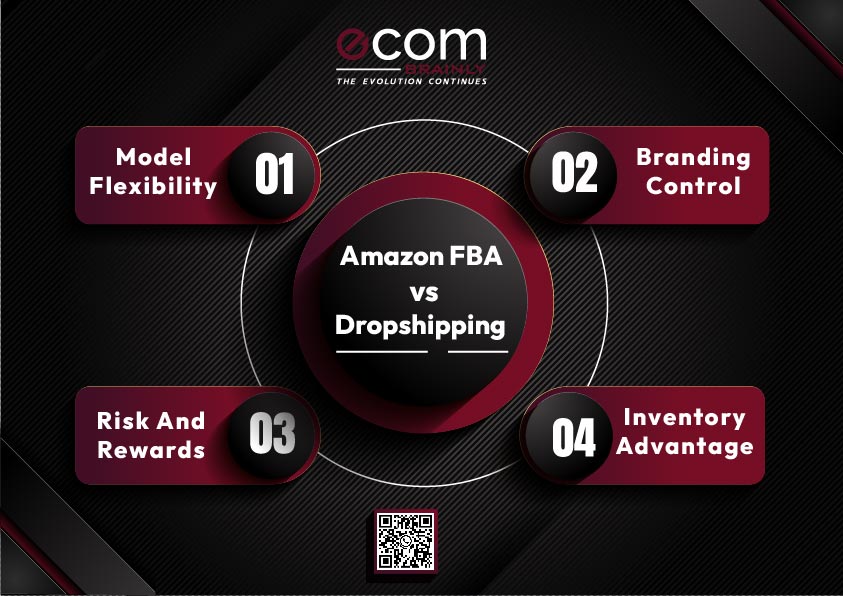
Introduction Amazon FBA vs Dropshipping
When you think about starting an online store, you might wonder whether to use Amazon FBA or dropshipping.
Both ways let you sell things online, but they work differently. Let’s talk about what makes them unique and how to decide which one is better for you.
Choosing between Amazon FBA vs dropshipping means thinking about how much money you want to spend to start, how much control you want over sending out products, and how big you want your business to grow.
Understanding Amazon FBA vs Dropshipping
1. Amazon FBA
Amazon FBA, or Fulfillment by Amazon, is a service where you send your products to Amazon’s warehouses.
Once there, Amazon takes care of storing your items. When a customer buys your product, Amazon also handles sending the item to them.
Plus, if the customer has any issues or needs to return the product, Amazon’s customer service team deals with it.
This service is helpful because it lets you use Amazon’s big network to reach more customers and sell more products.
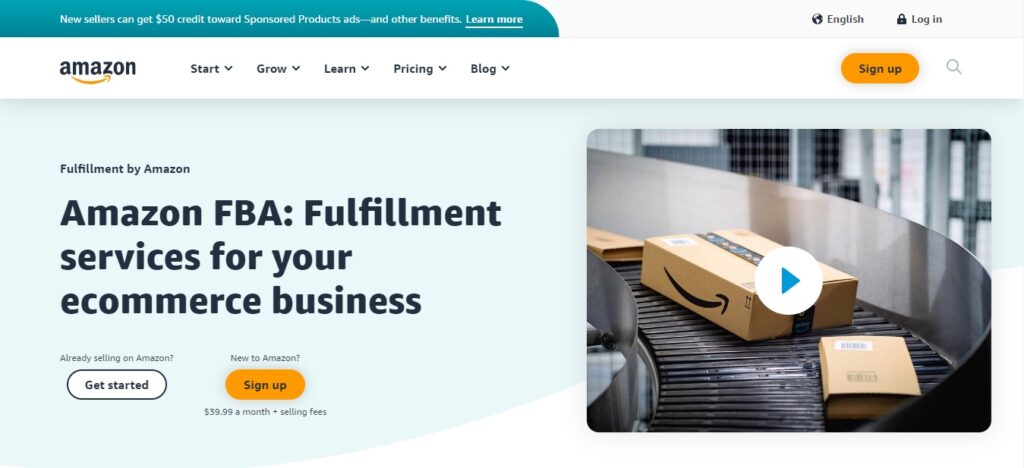
2. Dropshipping
Dropshipping is a business model to sell things online without having to keep a lot of products in your house or a warehouse.
When someone buys something from your online store, you don’t send it to them yourself. Instead, the company that actually makes or stores the product sends it directly to the customer.
Dropshipping is like being the middleman. You find customers and take orders, but you don’t handle the products. Instead, you work with suppliers who have the products. They send the items directly to your customers for you. This setup means you can sell all sorts of items without ever touching them.
This method is popular because it’s easier and costs less to start compared to other ways of selling online.
Comparison Amazon FBA vs Dropshipping
When deciding between Amazon FBA vs dropshipping, it’s crucial to understand how they stack up against each other.
This comparison will help you see which model fits your business vision, budget, and goals better.
1. Initial Investment and Ongoing Costs
- Amazon FBA requires an upfront investment for purchasing inventory and paying for Amazon’s storage and fulfillment fees. However, it offers the advantage of Amazon’s vast customer base and streamlined shipping process.
- Dropshipping has lower initial costs since you don’t need to buy inventory upfront. You only pay for a product when a customer makes a purchase, but you may face higher per-item costs from suppliers and potentially lower profit margins.
2. Control Over Branding and Customer Experience
- With Amazon FBA, your products are shipped in Amazon-branded packaging, which might limit your brand’s visibility. Amazon handles customer service, which can be a plus, but it also means you have less control over the customer experience.
- Dropshipping allows for more control over the packaging and branding since some suppliers let you customize these elements. However, because you rely on third-party suppliers for shipping, there can be variability in shipping times and product quality, which can affect customer satisfaction.
3. Scalability and Flexibility
- Amazon FBA can scale quickly due to Amazon’s infrastructure. As your sales increase, Amazon can handle the increased order volume without a significant change in your operational workload.
- Dropshipping is also scalable, but since you depend on suppliers, scaling up might introduce challenges with stock availability and fulfillment times. However, dropshipping offers more flexibility to test and change your product offerings without a significant financial risk.
4. Risk and Reward Balance
- Amazon FBA involves more financial risk due to the initial investment in inventory. However, the potential rewards, including access to Amazon’s massive customer base and Prime members, can be significant.
- Dropshipping offers a lower risk entry point into e-commerce since you don’t purchase inventory upfront. The trade-off is dealing with thinner profit margins and less control over the supply chain, which can impact customer satisfaction.
4. Inventory Management
- With Amazon FBA, you need to keep an eye on your inventory levels at Amazon’s fulfillment centers to avoid stockouts or excessive storage fees. Proper inventory management is crucial to maximize profits and maintain a good standing with Amazon.
- In dropshipping, inventory management is handled by your suppliers. While this reduces your workload, it also means you have less control over stock levels and availability, which can lead to issues with order fulfillment during high demand periods.
Choosing between dropshipping vs Amazon FBA depends on your business model, risk tolerance, and how much control you want over customer experiences and branding.
Both models offer unique advantages and challenges, and the right choice varies based on individual business goals and resources.
Choosing the Right Model for Your Business
Deciding between dropshipping vs Amazon FBA is a significant choice that can shape the future of your online selling.
Here’s how to make that decision a bit easier by considering several key aspects of your business.
1. Business Goals and Objectives
First, think about what you want to achieve with your online store. Are you looking for a quick start with minimal investment? Dropshipping might be the way to go. If you’re aiming for rapid growth and have some capital to invest, Amazon FBA could offer the scalability and customer base you need.
- Amazon FBA is ideal for sellers who want to take advantage of a built-in customer base and don’t mind handling upfront costs for potentially higher sales volume.
- Dropshipping suits those who prefer a low-risk model with flexibility in product offerings, even if it means dealing with lower profit margins.
2. Budget and Financial Resources
Your available budget plays a crucial role in this decision. Assess your financial resources carefully.
- Amazon FBA requires a significant initial investment for purchasing inventory and covering advertising costs. It’s suitable for those who have the capital to invest and are comfortable with a longer timeframe to profitability.
- Dropshipping requires less upfront capital, making it a more accessible option for entrepreneurs who are starting with limited funds but still want to enter the e-commerce space.
3. Risk Tolerance and Management
Consider your risk tolerance. Each model comes with its own set of risks, from financial commitments to supply chain complexities.
- Amazon FBA involves higher financial risk due to the need for upfront inventory purchases. However, it offers the potential for higher rewards through access to Amazon’s vast marketplace.
- Dropshipping minimizes initial financial risk but introduces risks related to supplier reliability and control over the shipping process.
4. Tips for Success in Both Models
Regardless of the model you choose, here are a few tips to help you succeed:
- Research and Planning: Thoroughly research your niche, target audience, and competition. A well-thought-out plan can make a big difference in your success.
- Quality Control: For both models, ensure the products you sell meet your quality standards. Happy customers are more likely to return and recommend your store.
- Customer Service: Excellent customer service can set your store apart, especially in a competitive market. Be responsive and helpful to customer inquiries and issues.
5. Pivot Between Models If Necessary
Being flexible and willing to adapt is key in e-commerce. If you start with one model and find it’s not working for you, here’s how to pivot:
- From Amazon FBA to Dropshipping: Reduce your reliance on inventory by testing dropshipping for some products. This can help you transition smoothly and reduce upfront costs.
- From Dropshipping to Amazon FBA: Once you’ve identified best-selling products and are ready to invest more, you can switch to Amazon FBA for those items to take advantage of Amazon’s fulfillment services and customer base.
Conclusion
Choosing between Amazon FBA vs dropshipping is a big decision for anyone starting or growing an online store. Both options have their own set of benefits that can fit different business needs and goals. It’s all about what works best for you and your vision for your store.
Remember, the success of your e-commerce business will depend on more than just the model you pick. It’s also about how well you understand your customers, the quality of your products, and how you market your store. Stay flexible and be ready to adjust your strategy as you learn what works best for your business and your audience.
As the e-commerce world keeps changing, keep an eye on new trends and technologies that could affect your business. Whether you go with Amazon FBA or dropshipping, staying informed and adaptable will help you navigate the challenges and opportunities of selling online.
Achieve Success with Ecom Brainly
Struggling to get sales for your products? Ecom Brainly is here to help. Our team is dedicated to boosting your Amazon sales and visibility, ensuring your brand stands out in the competitive marketplace.
With our expertise in listing optimization, pricing strategy, and sales acceleration, we’re your partners in achieving and sustaining Amazon success.
Take the leap with Ecom Brainly and watch your brand soar to new heights on Amazon. Our strategies and hands-on approach are designed to deliver the results you’re aiming for.
Ready to grow your sales? Contact Ecom Brainly today.
Share This Article

About Ecom Brainly
Ecom Brainly – A Full-Service Amazon agency that focuses on Sustainable Growth and Profitability for Our Partners (clients).
We been selling on Amazon since 2017 and has had to adapt for every change that Amazon has made along the way. Amazon is an ever changing marketplace and Ecom Brainly has his team ready to handle any and every challenge.
Is your brand having challenges with growth, profitability, advertising, reporting etc – If yes, please contact us today!
Agency Services
Case Studies
Related Posts
